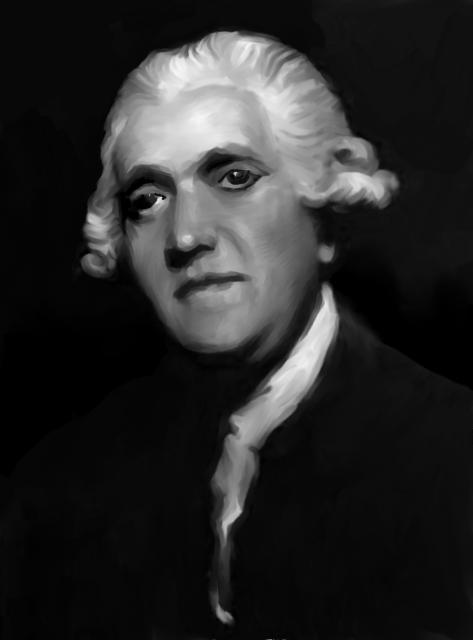Josiah Wedgwood was an English potter and industrialist born at Burslem, Stoke-on-Trent. He had very high standards or workmanship and a keen interest in scientific advancements. He became well respected and his customers included the rich and famous, including royalty. He was also a keen abolitionist. As a respected business man people listened to his views and he was able to convince friends and colleagues of the evils of the slave trade. He also had the money to provide financial assistance. From 1787 he actively participated in this cause, becoming a member of one of the abolition committees. His interest possibly developed through his friendship with Thomas Bentley, his business partner and his association with Thomas Clarkson. He read widely on the subject and became a shareholder in the Sierra Leone Company, (which provided a colony for the habitation of enslaved people who had been made free). On the 9th January 1792, Clarkson suggested that he might consider helping to distribute a pamphlet compiled by William Fox calling for a sugar boycott. A man of ideas Wedgwood wrote back suggesting the pamphlet would have more impact if the society's emblem (which showed an enslaved person in chains, kneeling, and his hands lifted up to heaven) was included in the front. The emblem's motto read: "Am I Not a Man and a Brother?" He proposed to have a woodcut made at his own expense and ordered 2000 more pamphlets. Using his knowledge of the pottery trade, Wedgwood also had the design reproduced in a porcelain cameo. He donated hundreds of these to the Society for distribution. It became the most famous image of the campaign. The emblem was worn by fashionable ladies as a brooch or hair piece and, as Thomas Clarkson said, was the first time that "fashion, which usually confines itself to worthless things, was seen ... promoting the cause of justice, humanity and freedom." Josiah Wedgwood also conversed with William Wilberforce but did not see the end of the slave trade as he died on 3rd January, 1795.
Picture from 'The life of Josiah Wedgwood' by Eliza Meteyard, 1866. Photographed with kind permission from the Wisbech and Fenland Museum.
 Josiah Wedgwood (1730-1795) born Burslem, Stoke-on-Trent
Josiah Wedgwood (1730-1795) born Burslem, Stoke-on-Trent 

 [ 1 ]
[ 1 ]  [
[

